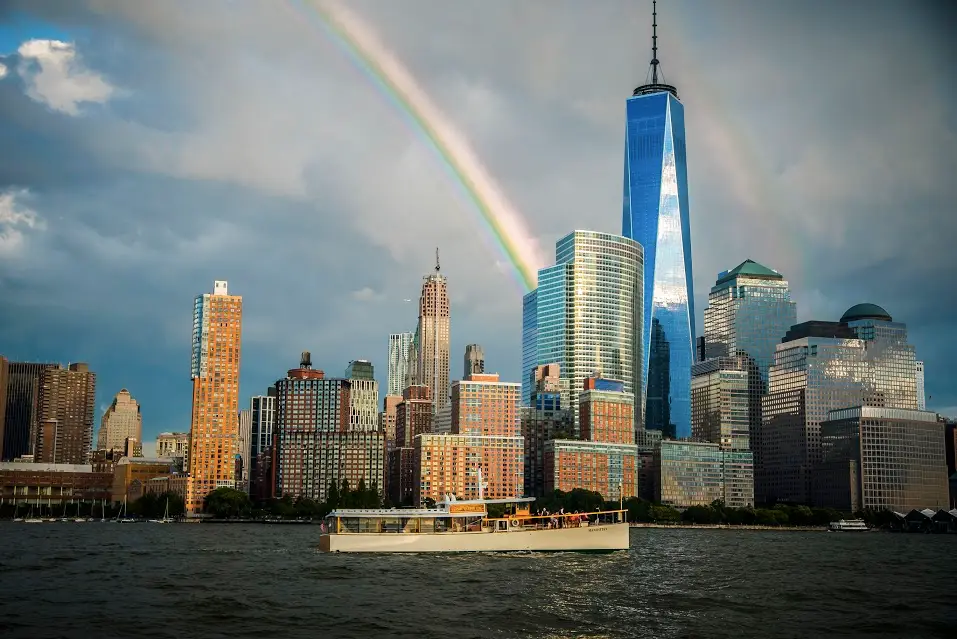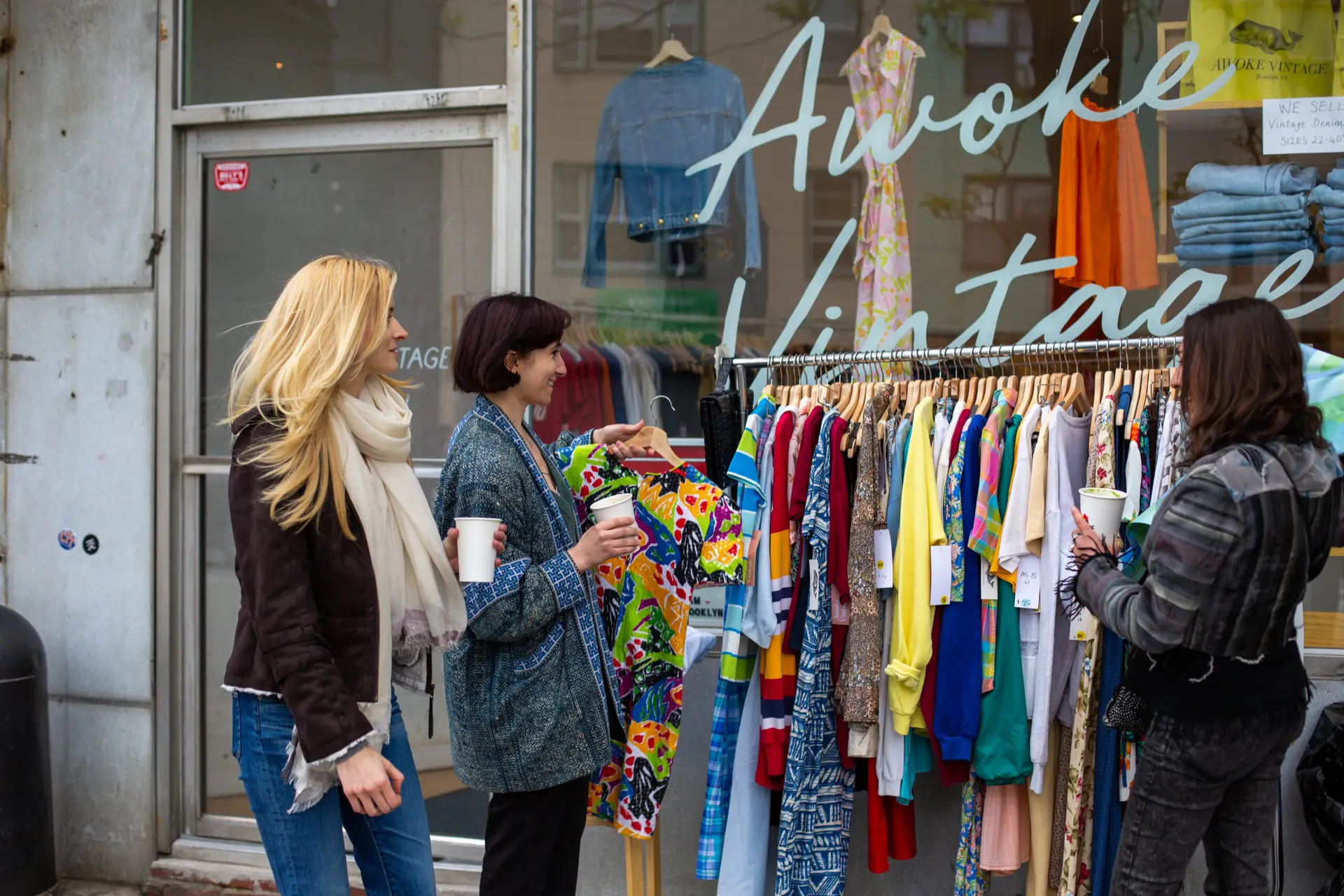Greenwich Village, also known simply as “the Village,” is a vibrant neighborhood in Lower Manhattan, New York City. With its winding streets, tree-lined sidewalks, and charming brownstones, Greenwich Village is a favorite among both locals and tourists alike. But there’s much more to this neighborhood than its picturesque streets. In this blog post, we’ll explore some unique facts and interesting history about Greenwich Village.
- The Village was once a rural retreat. Believe it or not, Greenwich Village was once a rural retreat for wealthy New Yorkers. In the 18th century, the area was home to large farms and estates, and the land was used for hunting and fishing. It wasn’t until the 19th century that the Village became a residential neighborhood, attracting a diverse mix of artists, writers, and bohemians.
- The Village was the birthplace of the Beat Generation. In the 1950s, Greenwich Village was the epicenter of the Beat Generation, a group of writers and artists who rejected mainstream culture and sought to create a new counterculture. Some of the most famous Beat writers, including Jack Kerouac and Allen Ginsberg, lived and worked in the Village, and their works inspired a generation.
- The Village was home to the first gay rights organization in the United States. In 1924, the Village was home to the first gay rights organization in the United States, called the Society for Human Rights. The organization was founded by Henry Gerber, a German immigrant who believed that gay men should have the same rights as everyone else. Although the Society was short-lived, it paved the way for future LGBTQ+ rights organizations.
- The Village was the site of the Stonewall riots. In 1969, the Stonewall Inn, a gay bar in Greenwich Village, was raided by police. The raid sparked a series of riots and protests that lasted for several days and became known as the Stonewall riots. The riots are widely considered to be the catalyst for the modern LGBTQ+ rights movement.
- The Village is home to some of the most expensive real estate in the world. Despite its bohemian history, Greenwich Village is now one of the most expensive neighborhoods in New York City. The average home in the Village costs over $3 million, and some of the most exclusive addresses in the city are located here.
- The Village has a rich musical history. Throughout its history, Greenwich Village has been a hub for musicians and music lovers. The neighborhood was home to some of the most iconic music venues in the city, including the Village Vanguard, the Bitter End, and the Gaslight Cafe. Many famous musicians, including Bob Dylan, Joan Baez, and Simon and Garfunkel, got their start performing in the Village.
Today, the neighborhood continues to attract artists, writers, and creatives, and its vibrant streets and historic buildings are a testament to its unique and enduring appeal.
Beyond its surface-level charm, Greenwich Village is also home to a number of hidden secrets that most visitors never discover. From hidden parks and underground bars to historic landmarks and secret gardens, here are just a few of the hidden gems waiting to be discovered in Greenwich Village:
Washington Mews: Tucked away behind Washington Square Park, Washington Mews is a hidden alleyway that’s frozen in time. Once the stables for the grand mansions that lined Fifth Avenue, the Mews is now home to a row of charming carriage houses that have been converted into artist studios and townhouses. With its cobblestone streets and quaint architecture, it’s no wonder that Washington Mews is a favorite spot for photographers and film crews alike.
The Uncommons: Board game enthusiasts will want to check out The Uncommons, a hidden gem of a game store on Thompson Street. With a massive collection of board games, from classics like Monopoly and Scrabble to more obscure titles like Betrayal at Baldur’s Gate and King of Tokyo, The Uncommons is a great place to spend a rainy afternoon or a lazy Sunday.
The Ear Inn: This historic bar on Spring Street is one of the oldest in New York City, dating back to the early 1800s. But it’s not just the age of the bar that makes it special – it’s also its unique location. The Ear Inn is located in what was once the home of James Brown, a notorious pirate who operated on the Hudson River in the late 1700s. Legend has it that the bar’s name comes from the fact that sailors would “listen in” on conversations through the walls of the building.
Jefferson Market Garden: Located on Greenwich Avenue, the Jefferson Market Garden is a hidden oasis in the heart of Greenwich Village. Once the site of a women’s prison and courthouse, the garden is now a tranquil retreat from the hustle and bustle of the city. With its lush greenery, trickling fountains, and charming gazebo, the Jefferson Market Garden is a perfect spot for a picnic or a quiet moment of reflection.
The Provincetown Playhouse: This historic theater on MacDougal Street was once the home of the Provincetown Players, a groundbreaking theater company that launched the careers of some of America’s most celebrated playwrights, including Eugene O’Neill and Edna St. Vincent Millay. Today, the theater is still in operation, with a focus on experimental and avant-garde theater.
Let’s not forget Washington Square Park!
Washington Square Park is one of New York City’s most beloved public spaces, famous for its iconic arch and lively atmosphere. But beyond its surface-level charm, the park has a rich history that spans centuries.
Originally known as “The Parade,” the land that is now Washington Square Park was first used as a military training ground by the Dutch in the 17th century. Later, it became a potter’s field, where the city buried the poor and unclaimed dead. The field was also used as a site for public executions, including the hanging of traitors during the American Revolution.
In the early 19th century, the city began to transform the land into a public park. The park was officially opened in 1827, and was originally designed as a tranquil oasis in the midst of the bustling city. It was a popular spot for picnics, games, and strolls, and was even used as a training ground for soldiers during the Civil War.
Over the years, the park has undergone many changes. In the late 1800s, the park was redesigned to include more formal gardens and paths, as well as a new central fountain. In 1889, the park’s iconic marble arch was built as a tribute to George Washington, the first president of the United States.
In the 20th century, the park became a hub for political activism and cultural expression. During the 1960s, the park was a gathering place for anti-war protests, and was the site of many historic speeches and rallies. The park has also been a center for artistic expression, with musicians, poets, and performers often entertaining crowds in the park’s central plaza.
Today, Washington Square Park is a beloved landmark that reflects the diversity and vitality of New York City. It’s a gathering place for locals and tourists alike, and continues to be a site of political activism and cultural expression. Whether you’re relaxing on a bench, enjoying a performance, or simply people-watching, Washington Square Park is a must-visit destination for anyone visiting New York City.




